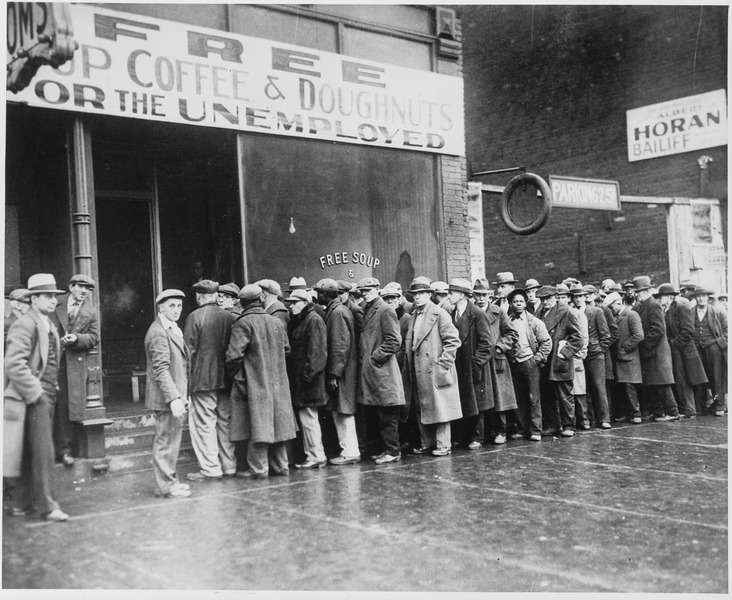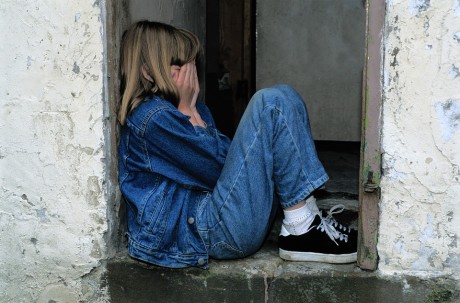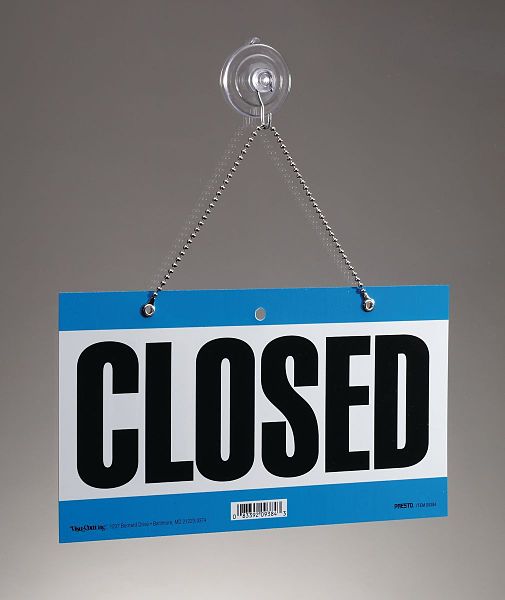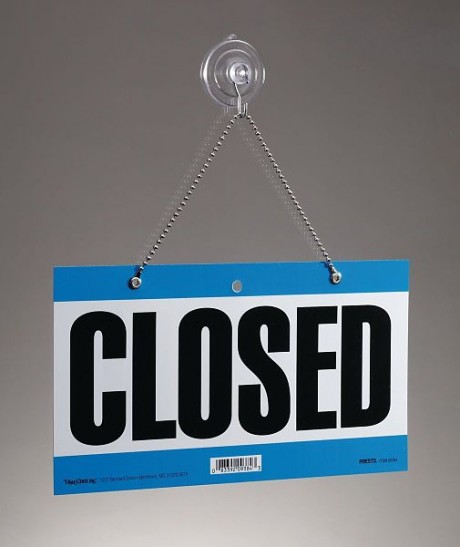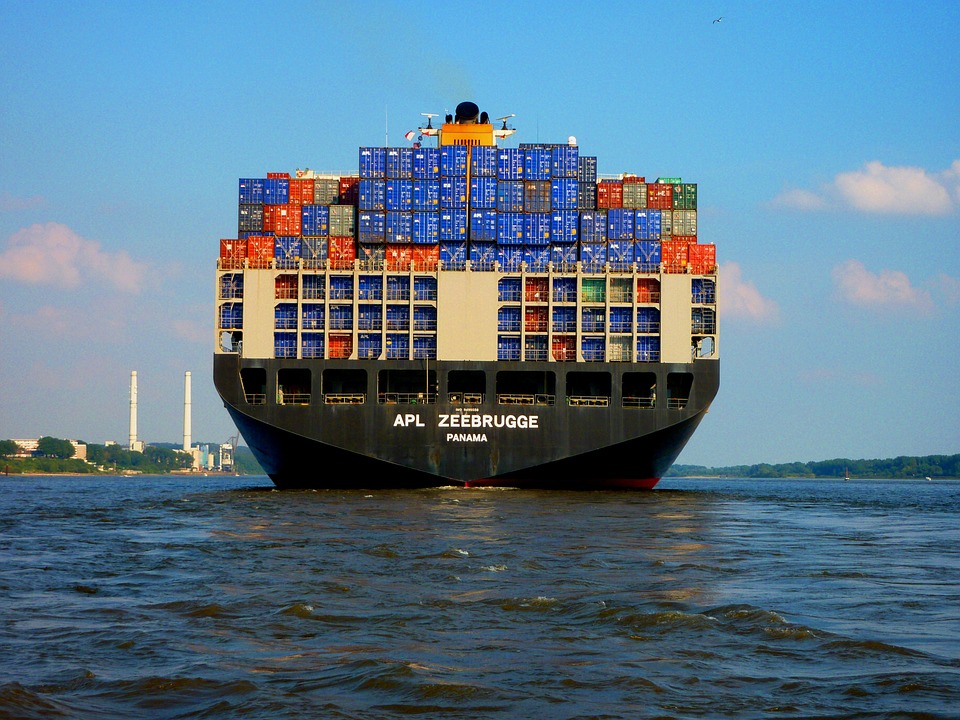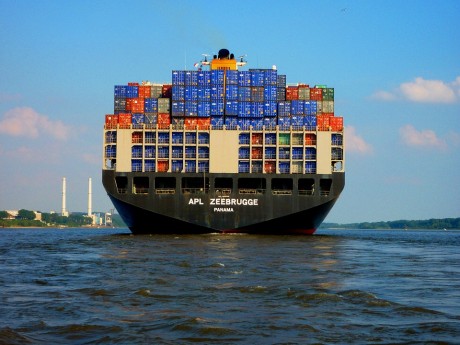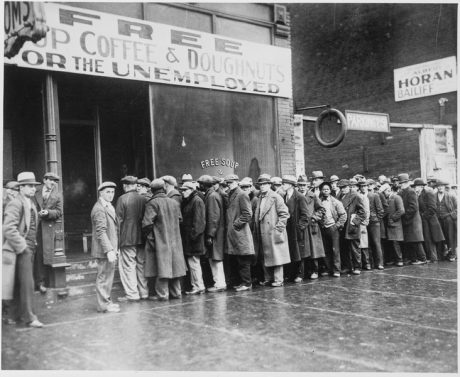 Even though I write about our ongoing long-term economic collapse every day, I didn’t realize that things were this bad. In this article, I am going to show you that the average rate of growth for the U.S. economy over the past 10 years is exactly equal to the average rate that the U.S. economy grew during the 1930s. Perhaps this fact shouldn’t be that surprising, because we already knew that Barack Obama was the only president in the entire history of the United States not to have a single year when the economy grew by at least 3 percent. Of course the mainstream media continues to push the perception that the U.S. economy is in “recovery mode”, but the truth is that this current era has far more in common with the Great Depression than it does with times of great economic prosperity.
Even though I write about our ongoing long-term economic collapse every day, I didn’t realize that things were this bad. In this article, I am going to show you that the average rate of growth for the U.S. economy over the past 10 years is exactly equal to the average rate that the U.S. economy grew during the 1930s. Perhaps this fact shouldn’t be that surprising, because we already knew that Barack Obama was the only president in the entire history of the United States not to have a single year when the economy grew by at least 3 percent. Of course the mainstream media continues to push the perception that the U.S. economy is in “recovery mode”, but the truth is that this current era has far more in common with the Great Depression than it does with times of great economic prosperity.
Earlier today I came across an article about President Trump’s new budget from Fox News, and in this article the author makes a startling claim…
The hard fact is that the past decade’s $10 trillion in deficit spending has produced the worst economic growth as measured by Gross Domestic Product in our nation’s history. You read that right, in the past decade our nation’s economy grew slower than even during the Great Depression. This stagnant, new normal, low-growth economy is leaving millions of working age people behind who have given up even trying to participate, and has led to a malaise where many doubt that the American dream is attainable.
When I first read that, I thought that this claim could not possibly be true. But I was curious, and so I looked up the numbers for myself.
What I found was absolutely astounding.
The following are U.S. GDP growth rates for every year during the 1930s…
1930: -8.5%
1931: -6.4%
1932: -12.9%
1933: -1.3%
1934: 10.8%
1935: 8.9%
1936: 12.9%
1937: 5.1%
1938: -3.3%
1939: 8.0%
When you average all of those years together, you get an average rate of economic growth of 1.33 percent.
That is really bad, but it is the kind of number that one would expect from “the Great Depression”.
So then I looked up the numbers for the last ten years…
2007: 1.8%
2008: -0.3%
2009: -2.8%
2010: 2.5%
2011: 1.6%
2012: 2.2%
2013: 1.7%
2014: 2.4%
2015: 2.6%
2016: 1.6%
When you average these years together, you get an average rate of economic growth of 1.33 percent.
I thought that was a really strange coincidence, and so I pulled up my calculator and ran all of the numbers again and I got the exact same results.
The 1930s certainly had more big ups and downs, but the average rate of economic growth during that decade was exactly the same as we have seen over the past 10 years.
And of course the early 1940s turned out to be a boom time for the U.S. economy, while it appears that our rate of economic growth is actually slowing down. As I noted yesterday, U.S. GDP growth during the first quarter of 2017 was just 0.7 percent.
But you don’t hear any talk like this on the mainstream news, do you?
Instead, they tell us that everything is just peachy.
I often wonder what things would be like right now if Barack Obama and his minions in Congress had not added more than 9 trillion dollars to the national debt. By stealing all of that money from future generations of Americans and spending it now, Obama was able to artificially prop up the U.S. economy. If we were able to go back and remove 9 trillion dollars of government spending from the economy over the past 8 years, we would be in a rip-roaring economic depression right now. For an extended analysis of this, please see my previous article entitled “The Shocking Truth About How Barack Obama Was Able To Prop Up The U.S. Economy”…
But even though we have been adding more than a trillion dollars to the national debt each year, and even though the Federal Reserve pushed interest rates all the way to the floor during the Obama era, the U.S. economy has not grown by three percent or more on an annual basis since 2005.
When you take an honest look at the numbers, there is no way that anyone can possibly claim that the U.S. economy is doing well. The best that you can say is that we have been staving off a complete economic meltdown and another Great Depression, but of course the measures that our leaders have been taking to do this have just been making our long-term problems even worse.
I feel bad for President Trump, because he has inherited the biggest economic mess in U.S. history. When we finally reach the point when it is impossible to artificially prop up the U.S. economy any longer, he is going to get most of the blame, but he won’t deserve it.
It is not going to be possible for Trump or anyone else to fix our system, because it was fundamentally flawed from the very beginning. The Federal Reserve was designed to create an endless spiral of government debt, and since the day it was created the U.S. national debt has gotten more than 5000 times larger and the value of the U.S. dollar has declined by about 98 percent.
If we truly want to fix the economy, the Federal Reserve must be abolished. If I was President Trump, I would look to start issuing debt-free U.S. currency just like President Kennedy did in 1963 as soon as possible.
In addition, we need to push tax rates as low as possible. Personally, I would like to see the day when the personal income tax is completely eliminated and the IRS is shut down. The greatest period of economic growth in all of U.S. history was when there was no income tax and no Federal Reserve. America once thrived in such an environment, and I believe that we can do it again.
Of course we need to also dramatically reduce the size and scope of the federal government. Our founders intended to create a very limited federal government, but instead the left has just kept pushing to make it larger and larger.
Businesses all over America are being strangled to death by mountains of federal regulations, and if we could just get the government off of their backs the business community could start thriving again. There are quite a few government agencies that could be shut down entirely, and I think that the EPA would be a good place to start.
Once upon a time the United States showed the world the power of free markets and capitalism, and if we want to make America great again, we should go back and do the things that made America great in the first place.
But would the American people be willing to go down that path?
